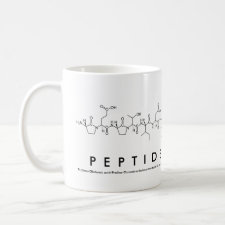
Authors: del Valle JL, Díaz A, Puiggalí J
Article Title: Hydrogels for Biomedical Applications: Cellulose, Chitosan, and Protein/Peptide Derivatives.
Publication date: 2017
Journal: Gels
Volume: 3
Issue: (3)
Page numbers: ArticleNo27.
DOI: 10.3390/gels3030027
Alternative URL: http://www.mdpi.com/2310-2861/3/3/27/htm
Abstract: Hydrogels based on polysaccharide and protein natural polymers are of great interest in biomedical applications and more specifically for tissue regeneration and drug delivery. Cellulose, chitosan (a chitin derivative), and collagen are probably the most important components since they are the most abundant natural polymers on earth (cellulose and chitin) and in the human body (collagen). Peptides also merit attention because their self-assembling properties mimic the proteins that are present in the extracellular matrix. The present review is mainly focused on explaining the recent advances on hydrogels derived from the indicated polymers or their combinations. Attention has also been paid to the development of hydrogels for innovative biomedical uses. Therefore, smart materials displaying stimuli responsiveness and having shape memory properties are considered. The use of micro- and nanogels for drug delivery applications is also discussed, as well as the high potential of protein-based hydrogels in the production of bioactive matrices with recognition ability (molecular imprinting). Finally, mention is also given to the development of 3D bioprinting technologies
Template and target information: Review - hydrogels in biomedicine
Author keywords: cellulose, chitosan, collagen, gelatin, peptides, self-assembling, Nanogels, shape memory, molecularly imprinting, 3D printing



Join the Society for Molecular Imprinting

New items RSS feed
Sign-up for e-mail updates:
Choose between receiving an occasional newsletter or more frequent e-mail alerts.
Click here to go to the sign-up page.
Is your name elemental or peptidic? Enter your name and find out by clicking either of the buttons below!
Other products you may like:
 MIPdatabase
MIPdatabase









